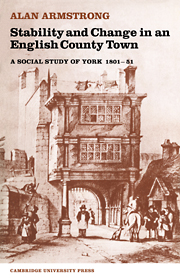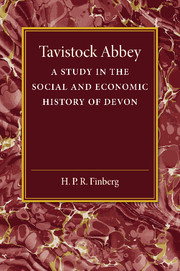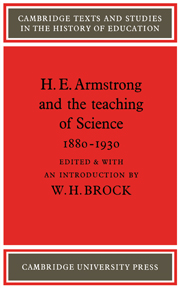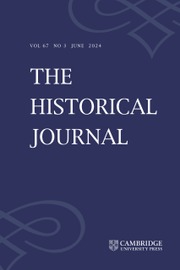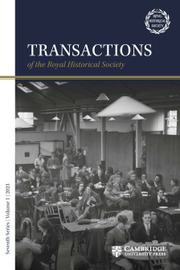Stability and Change in an English County Town
During the Industrial Revolution the attention of contemporaries was drawn inevitably towards conditions in the great manufacturing towns, a bias which most historical writing continues to perpetuate. By contrast, only scant attention has been paid to the development of older-established communities, although their stimulation during this period of transition is of compelling interest. County towns were by no means insulated from the broad currents of economic and social change at work in society, but in a large measure the forces of continuity and stability continued to shape their character. This detailed study of one of Britain's most notable historic towns concentrates on population growth by migration and natural increase, explores the course of marriage, birth and death rates, and concludes with an examination of household and family structure, based on the mid-nineteenth century census enumerators' returns.
Product details
September 2005Paperback
9780521019873
280 pages
217 × 141 × 17 mm
0.386kg
Available
Table of Contents
- List of figures
- List of maps
- List of tables
- List of abbreviations
- Preface
- 1. Introduction
- 2. The economic characteristics of York during the first half of the nineteenth century
- 3. Some social characteristics of early Victorian York
- 4. The growth of population: migration and natural increase
- 5. Mortality
- 6. Marriage and fertility
- 7. Household and family structure
- 8. Conclusions
- Statistical appendices
- Notes
- Index.

